Photography Secrets for Shooting in Your Home
I’m not sure what I ever did to annoy Mother Nature, but it seems to me that every time I finish a project and need to photograph it, the weather turns ugly. Case in point: my cake stand was completed the day the tornadoes ripped through North Carolina. So I had to bust out some photography secrets I’ve learned.
But, rather than be deterred by some nasty weather, I decided to use a few tricks I learned from some professional photographers I’ve worked with over the years. And, from a few photography blogs like:
iHeartFaces.com and EverydayElementsOnline.com and My3Boybarians.
One of the photography secrets I learned was how to bounce the light back onto the subject. To light the underside of the cake stand, I set a mirror next to the cake stand and angled it to reflect the light onto the bottom of the stand. I was careful not to let a strong highlight hit on the stand from the reflection.
Next I used a foam core board propped up against a chair. I positioned the board back and forth until I saw the light brightening the cake stand and dessert.
With just those two changes I was able to change my cake stand photo from this:
to this! Va va vooom!
Another one of my photography secrets I used while shooting some of my tutorials is to use two pieces of foam core to get a professional looking white background.
Sometimes if I’m feeling very perfectionist, I’ll use Photoshop to edit my photos. To erase the seam, I selected a color that is midway between the foreground and background foam core.
Then, I used the airbrush tool to paint out the seams that stand out.
Sometimes I really want to photograph a still life in an environment. Take my spray-painted bottles for example:
Whoa, that is one dark and dreary photo. Once again, I had finished the project and the clouds rolled in. So, here is how I dealt with fickle Mother Nature.
I put the bottles in the window to capture as much natural light as I could. Then, I backed away from my subjects and zoomed in with my lens. Next, I used a flash (egads, not a flash!) Yes, I used a flash, but I have the ability to change the flash exposure in my camera so it wouldn’t wash out the subject. And because I was far back from the vases, the flash wasn’t as harsh.
And here is the resulting photo!
I wouldn’t say it is perfect by any standards, but the photos look much more appealing. Don’t you think?
(At the time that I took the above photos, I didn’t have this great flash gadget. However, recently I ordered a Light Scoop and I love how it bounces the flash off the ceiling instead of the object. This is an inexpensive alternative to buying an external flash.)
To head off the inevitable camera question: I currently use a Canon T1i Rebel (SLR). However, I before I bought the Rebel I used a simple point and shoot camera and made some edits in Photoshop to compensate for the cheaper camera.
First I select Auto Tone and if I’m happy with the changes PS made, I move on to the Auto Contrast.
To make the colors more vivid, I play with the Vibrancy and Saturation Settings:
Finally, to give the details that crisp focus look, I add the Sharpen filter:
There are oodles of other fixes that Photoshop can perform on your photos, but these are the ones I use the most.
Do you have any photography tips or tricks? I’d love to hear them.
My friend Megan (Honey We’re Home) has a great post all about using your SLR! Check it out HERE.


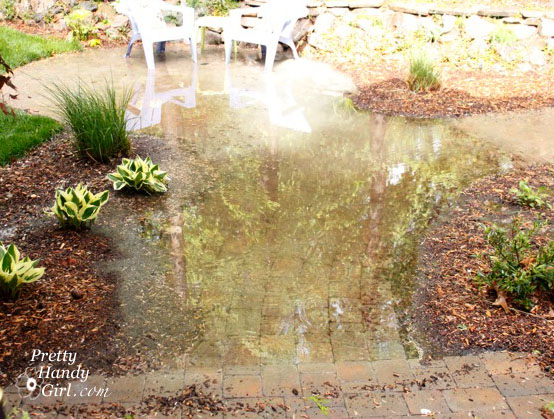

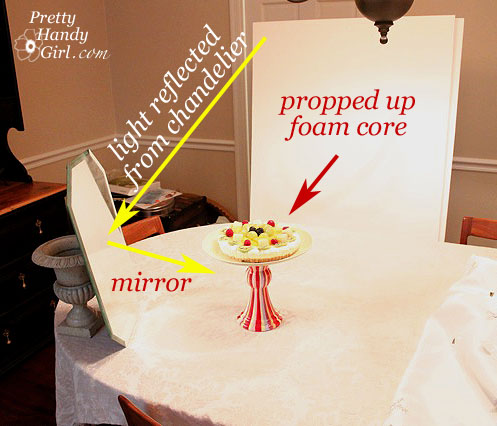
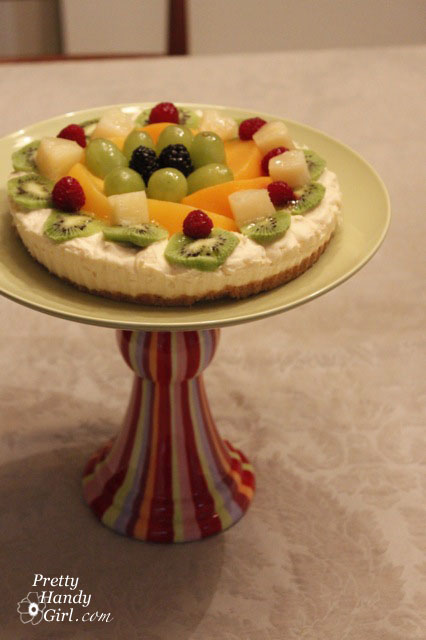
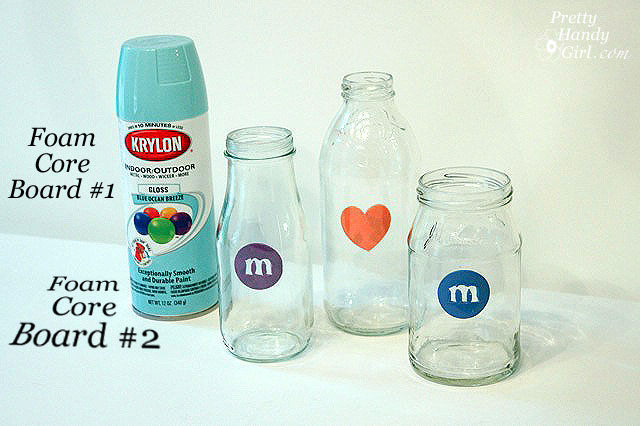
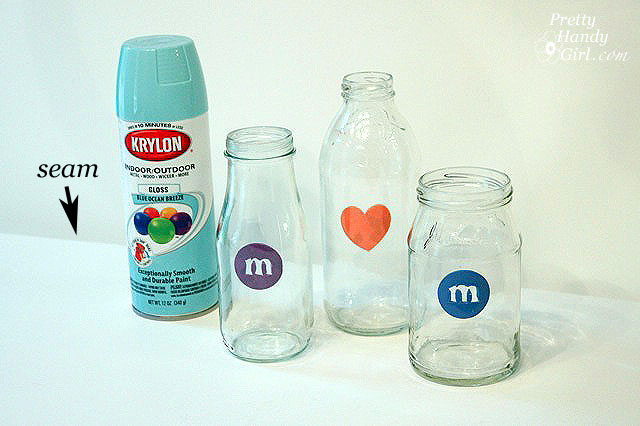
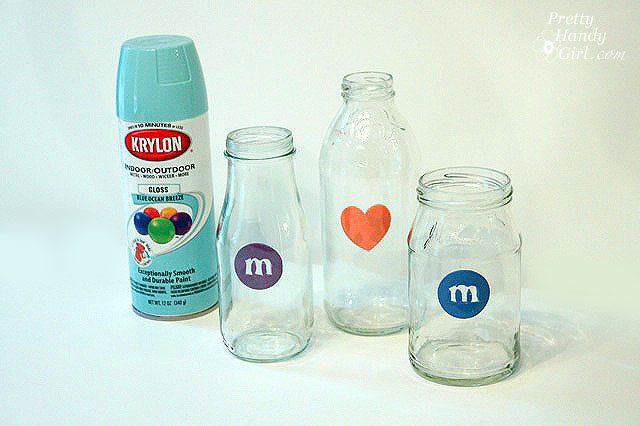

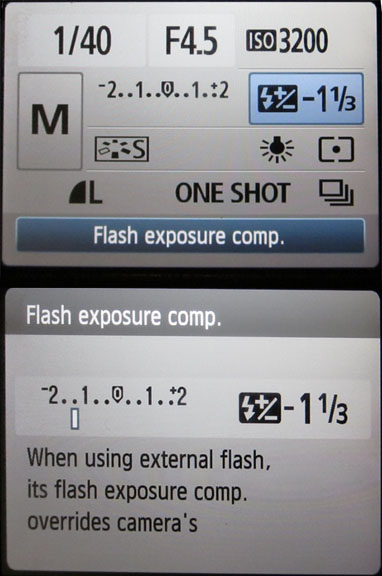
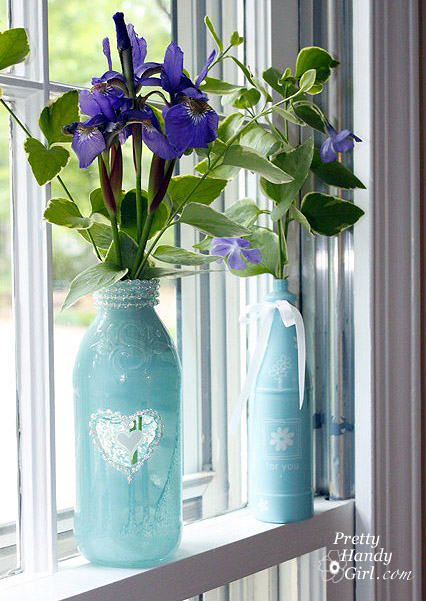

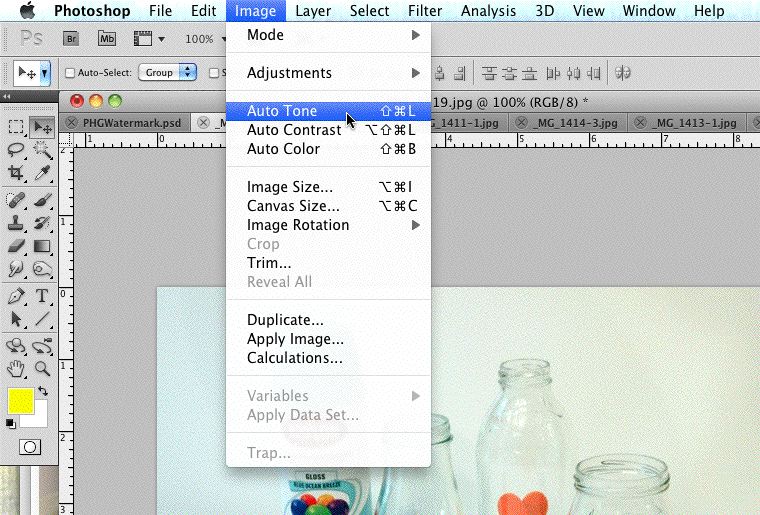
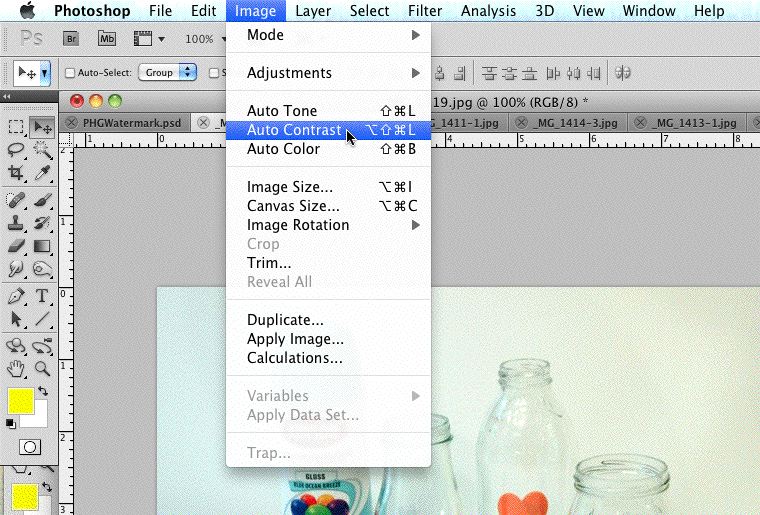
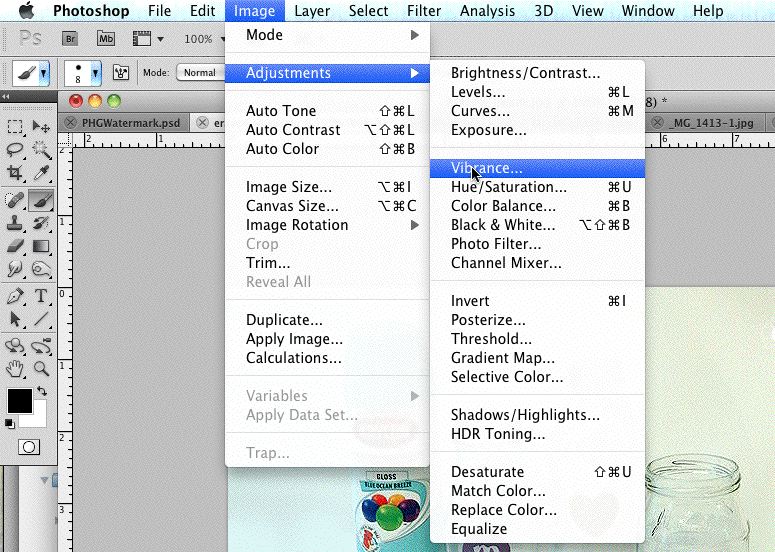
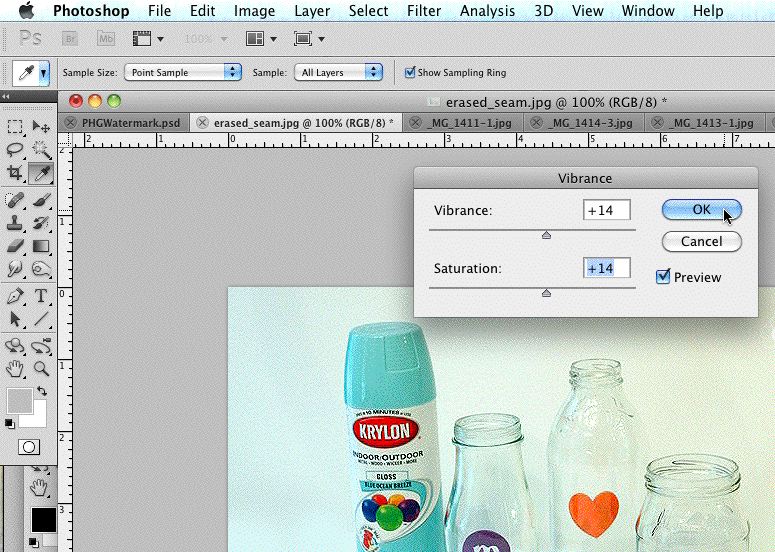
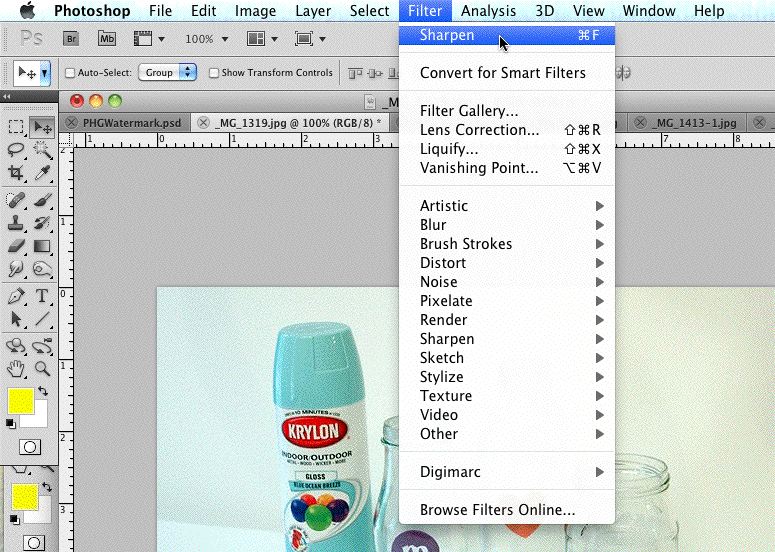

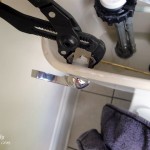
Thanks for the great tips. I live in Portland where it rains the majority of the year – we’re talking weeks of gray skies at a time. Any tips to brighten dark shots are awesome.
I use the foam core background trick all of the time but I also found that a piece of white fabric or a big piece of white tag board draped over the foam core makes it so there is a seamless transition from vertical to horizontal background and saves a bit of editing time. A cheap light box has also been a life saver.
http://morganmadeit.net/post/2010/10/24/2410-DIY-Light-Box.aspx
Those are all fantastic ideas! I have a light box so need to try that trick.
Great tips. I have the same camera that you have and am enjoying learning new ways to improve my pictures. I’ve discovered a spot on my front porch that has great light, so I almost always take pictures out there. Inside is harder….I am going to try your ideas. I have used the mirror/foam core before and you are so right….it really helps. I have the hardest time getting shots of my dining room. The lighting is bad and the window adds really harsh light no mater what time of day. I’m heading over to Megan’s blog to learn more, thanks! Lisa~
Lisa,
Don’t you just love your camera? I’m really enjoying learning all the ins and outs of it. I just got back from Scotland and gave it a good workout (over 1500 pictures!)
Whoa! What a difference! I found your site through twitter and I am glad I did. I really am looking for ways to improve my photography and these tips are great. Thanks a bunch!
I’m so excited to try some of these tips! I need lots of help with my camera…lots of help! Thank you.
I was excited to see this on my blog feed today. My tight-budget kitchen re-do hasn’t been photographed and blogged yet because of the very problems you mention. Thanks!
Thanks for posting these tips. These are some of my most annoying problems when trying to photograph a project.
GREAT photography tips! I too have a T1i so keep the tips coming – I’ve had it for over a year now and still most of the time use the auto mode because I’m clueless about camera settings (but my pictures are still miles better than my point-and-shoot!)!
Tati,
Oh you definitely have to get off the auto mode. Try using the A mode for a while and play with the aperature. I like the lower aperatures settings (3-4) so the background it out of focus. This is an easy way to chose the aperature and let the camera choose the shutter speed for that F-stop.
I will definitely have to blog about this more (just for you ;-).
Brittany
Thanks so much for the reply and tip! I know, I feel stupid for spending what I did on this camera and not using it to its full potential. The problem is a little bit of laziness and a lot of lack of time and energy to try and “learn” photography – plus, I seem to have lost my retention ability thanks to chemo a couple of years ago.
My daughters are 4.5 and 6 and I love to take pictures of them and lots of other things and would love to learn some tips that are not too involved but can make a drastic difference. I LOVE the pictures like you describe, with the blurred background! I get many like that in auto mode but it’s hit and miss. If you write a post with tips (for me!) I would be so grateful – and honored – YAY! I look forward to it…
Those are awesome tips! Your photos look gorgeous and so bright! I was just remarking to my hubby that I’d like to get photoshop. And thanks for the link to my post:)
Well that sounds simple enough. I guess I won’t read those other posts. Could you give us a tip a week? thanks Ann
Thanks so much for your tips! As a new blogger, I have so much to learn. I love the way “old” bloggers are so willing to help the newbies.
The foam core idea is so simple. One on those times you want to say, “Why didn’t I think of that?” The boards may help with the problem I have with my dark kitchen cabinets, black granite, and not enough natural light.
Still in love with those bottles! I’ve been collecting a few to paint since I first saw your post.
As always, cool. Add to head for future reference. 😉
can you come over and give me photoshop lessons???
Awesome suggestions and tricks! Thanks.
This is always great to see in action & helps others to have better photos. Another cheap trick & time saver is to use a white poster board as the backdrop & then you don’t have to edit the seam later. Thanks again I really enjoy your blog!
I cannot say thank you enough for this post! I really need more practice with photoshop and your hints will come in handy. Thanks again!